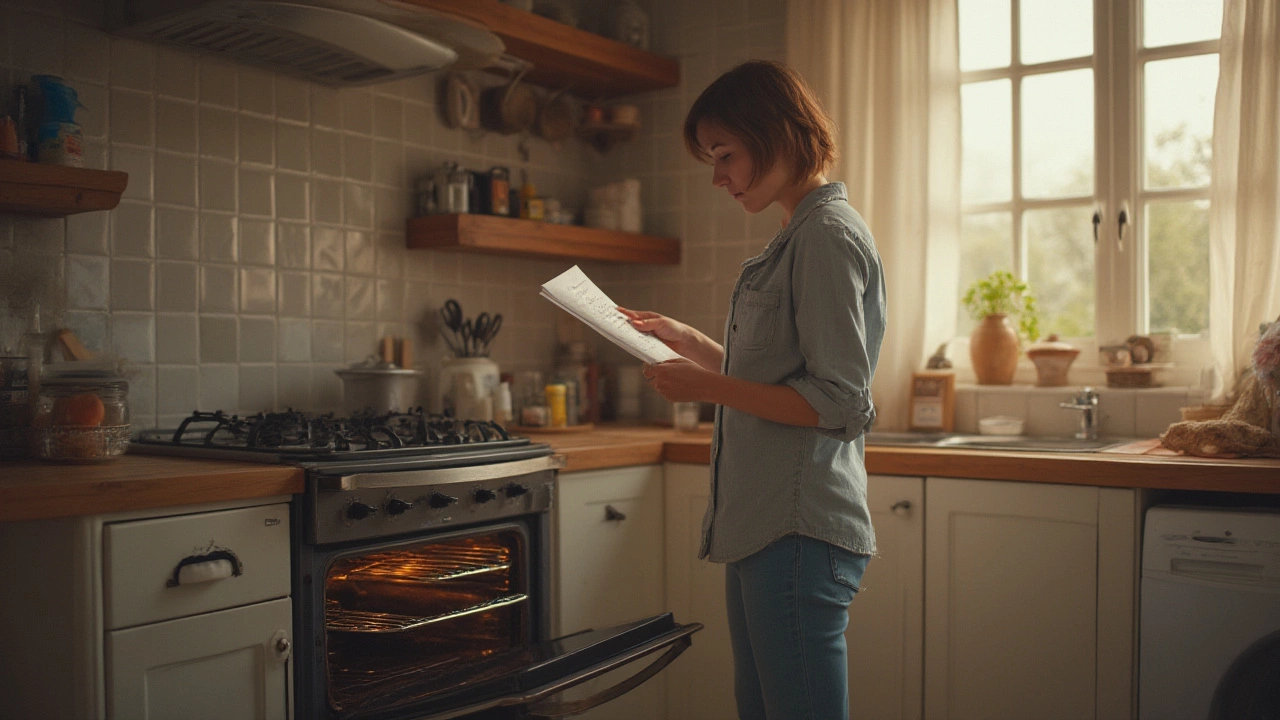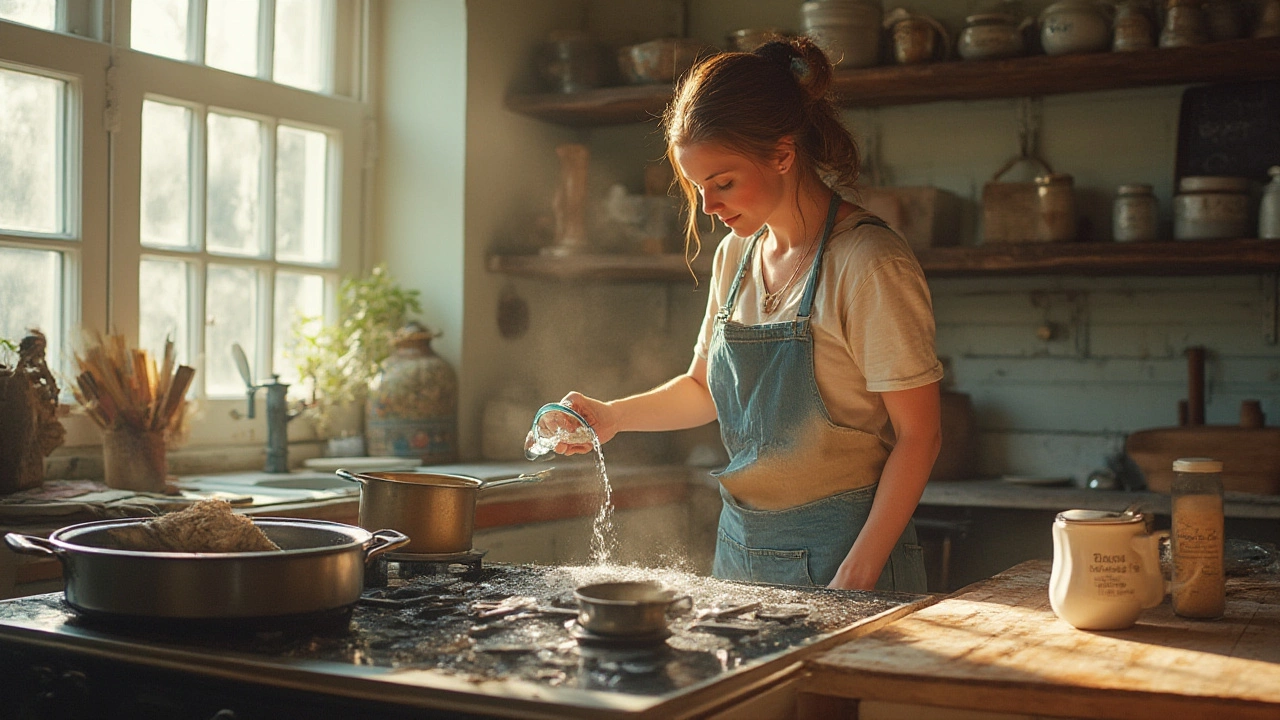Homemade Cleaners: Easy DIY Solutions for Every Surface
Ever looked at a pricey store-bought spray and thought, "I could make that at home?" You can. With a few kitchen staples you get a cleaner that works, smells better, and won’t empty your wallet.
Core Ingredients You Probably Already Have
Before you start mixing, stock up on these basics:
- Baking soda – great for deodorising and gentle scrubbing.
- White vinegar – cuts grease, removes limescale, kills many germs.
- Lemon juice – adds fresh scent and extra acidity for tough stains.
- Castile soap or mild dish soap – provides suds without harsh chemicals.
- Essential oils (optional) – tea tree, lavender, or eucalyptus boost antimicrobial power.
Mixing ratios are simple: most cleaners use a 1:1 or 1:2 water‑to‑active ingredient split. Keep a spray bottle handy and label each mix.
Room‑by‑Room Quick Recipes
Kitchen counters & stovetop: 1 cup water, 1 cup white vinegar, a few drops of citrus essential oil. Shake and spray. Wipe with a microfiber cloth – grease disappears in seconds.
Oven and grill grime: Make a paste of ½ cup baking soda and enough water to form a thick spread. Apply, let sit 15‑20 minutes, then spray vinegar over the paste. The fizz lifts burnt residue; scrub with a non‑scratch pad and rinse.
Bathroom tiles & glass: Combine 2 cups water, 2 tbsp white vinegar, 1 tbsp dish soap, and a splash of lemon juice. Spray on tiles, let foam work for a minute, then scrub. For mirrors, use a 1:1 water‑vinegar mix and wipe with a lint‑free cloth for a streak‑free shine.
Upholstery & carpet spots: Mix ½ cup warm water, ¼ cup white vinegar, ¼ cup hydrogen peroxide, and ¼ tsp baking soda. Test on an inconspicuous spot, then dab onto stains. The three‑way action breaks down oils, lifts dirt, and neutralises odors.
Windows (inside & out): Two parts water to one part vinegar, a few drops of dish soap, and optional lavender oil. Spray, scrub with a squeegee or newspaper, and watch the glass sparkle without chemical haze.
All these recipes stay effective for weeks if stored in a cool, dark place. If you notice any cloudiness, discard and mix a fresh batch – the ingredients don’t go bad quickly, but performance can drop.
Safety tip: never mix bleach with vinegar or ammonia; the reaction creates toxic fumes. Stick to the combos above and you’ll avoid any nasty surprises.
Why go homemade? Besides saving cash, you control what touches your family and pets. No hidden phosphates, no synthetic fragrances, just simple chemistry you can see.
Got a stubborn smell, like pet urine on a mattress? A sprinkle of baking soda, a light mist of vinegar, then a vacuum after it dries will neutralise the odor rather than just mask it. For deeper smells, add a few drops of tea tree oil to the mix for extra antimicrobial power.
Ready to start? Grab a clean spray bottle, label it, and pick a recipe that matches your most pressing cleaning need. You’ll feel the satisfaction of watching a dirty surface turn spotless with ingredients from your pantry.
In a few weeks you’ll have a whole cabinet of DIY cleaners, each tailored to a specific job. No more hunting for the right product aisle‑by‑aisle – you’ve got the formula right at hand.
Give it a try today, and you’ll wonder why you ever paid for the store version. Your home stays fresh, your wallet stays full, and the planet thanks you for cutting down on plastic bottles.

How to Remove Black Baked-On Grease from Your Oven: Effective Cleaning Tips
Stuck with stubborn black grease in your oven? Find detailed steps, proven tips, and common mistakes to avoid—no gimmicks, just real solutions.
Read More
Does Baking Soda and Vinegar Remove Grease? Kitchen Science Facts and Best Practices
Can baking soda and vinegar really dissolve grease? Discover the science behind this combo and learn practical tips to tackle grease using these common kitchen staples.
Read More